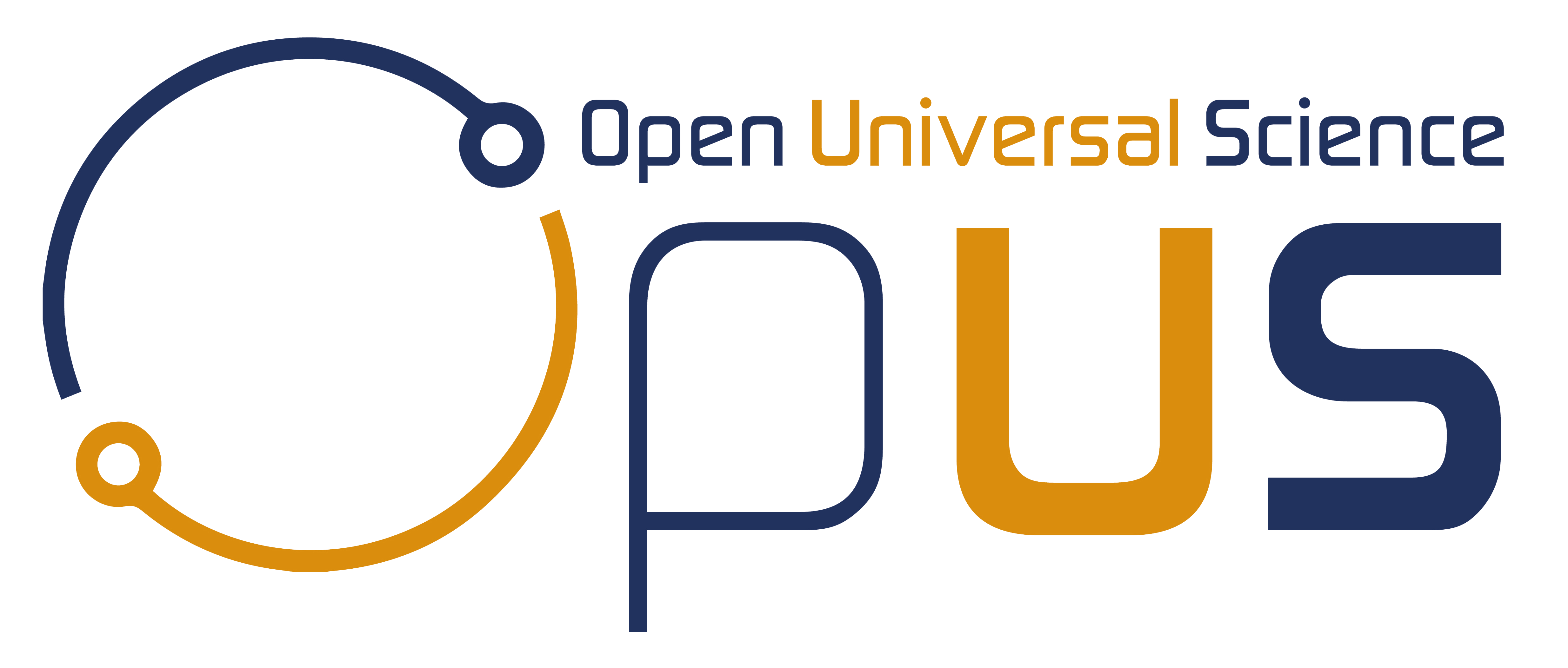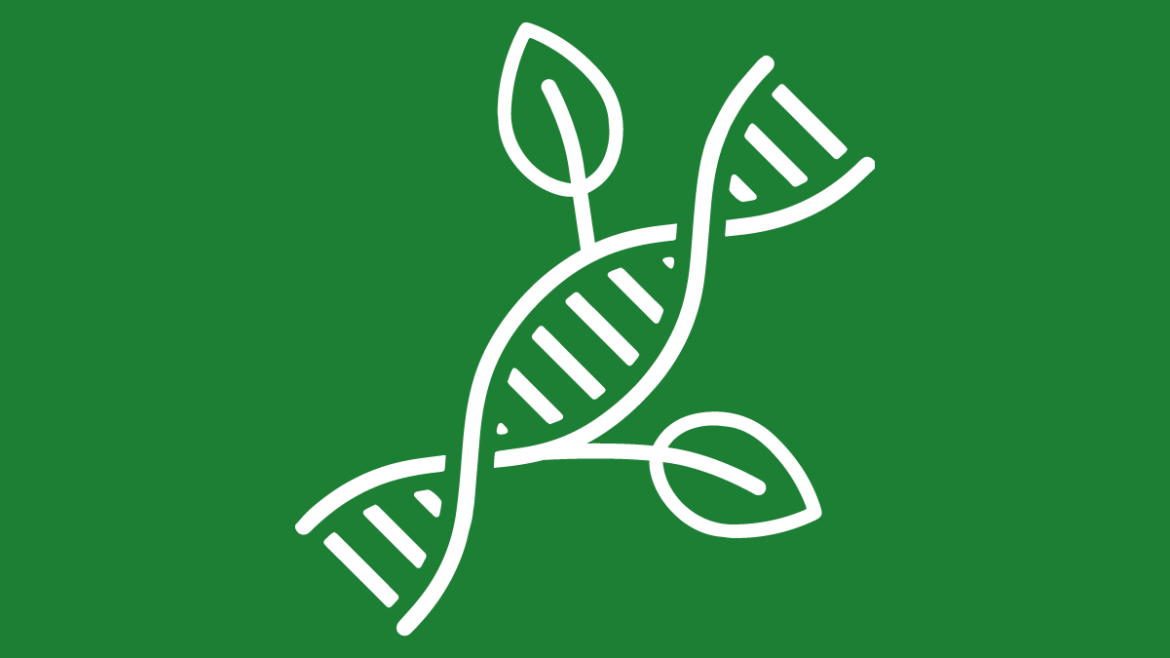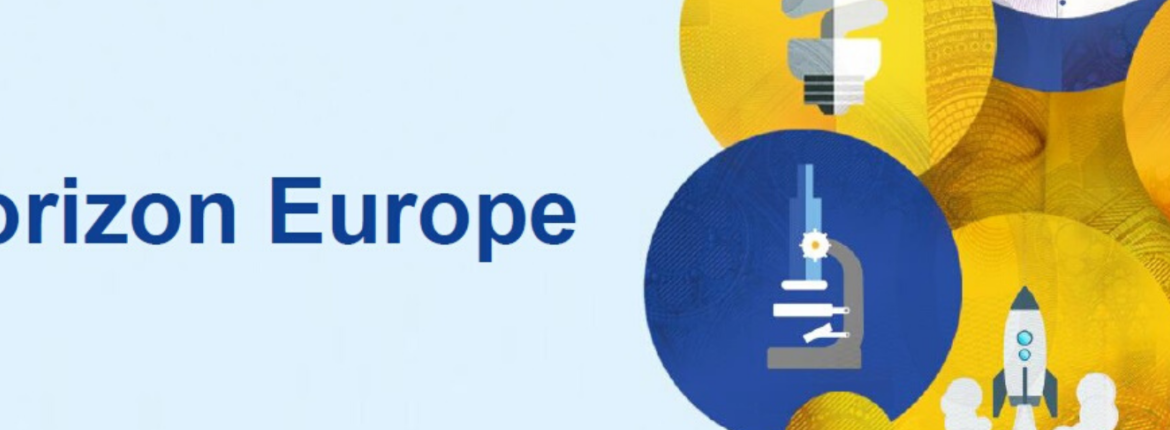Bridging Language Barriers: The Impact of Open Science
Bridging Language Barriers: The Impact of Open Science https://opusproject.eu/wp-content/uploads/2024/01/language-barrier-1024x490.webp 1024 490 Open and Universal Science (OPUS) Project https://opusproject.eu/wp-content/uploads/2024/01/language-barrier-1024x490.webpIn our rapidly advancing world, collaboration and sharing of knowledge have become essential for progress. Open science is a concept that embraces the idea of making research and scientific findings freely accessible to everyone. But what does open science mean for language barriers? Let’s explore how this movement is helping break down linguistic walls and fostering a more inclusive global scientific community.
Breaking Down Language Barriers:
Language is a powerful tool for communication, but it can also be a barrier that limits access to valuable information. In the realm of science, researchers around the world produce a vast amount of knowledge in various languages. Open science strives to eliminate language-related obstacles by making research freely available online.
Open Access Journals:
One of the key components of open science is the promotion of open access journals. These journals make scientific articles and papers available to the public without any cost. This accessibility ensures that language is not a hindrance to obtaining crucial information. Scientists and enthusiasts can access research from different linguistic backgrounds, fostering a more inclusive exchange of ideas.
Multilingual Repositories:
Open science initiatives often include the creation of multilingual repositories. These repositories act as centralized databases where researchers can deposit and access research outputs in various languages. This not only aids in overcoming language barriers but also promotes diversity in scientific perspectives.
Collaborative Translation Efforts:
To further enhance accessibility, open science encourages collaborative translation efforts. Volunteers and professionals work together to translate scientific content into different languages. This collaborative approach not only makes research more widely available but also ensures accuracy in translation, maintaining the integrity of the original work.
Global Collaboration:
Open science promotes global collaboration, breaking down the silos that language barriers can create. When researchers from different linguistic backgrounds can easily access and understand each other’s work, it paves the way for enhanced collaboration and innovation. Scientific breakthroughs are no longer confined within language-specific communities but can be shared and built upon globally.
Educational Outreach:
In addition to facilitating access to scientific literature, open science supports educational outreach efforts. This includes translating educational materials and resources into multiple languages. By doing so, open science contributes to the democratization of knowledge, making scientific learning accessible to a wider audience.
Fostering a Global Dialogue:
Open science is a beacon of inclusivity in the world of research. By addressing language barriers, this movement ensures that scientific knowledge is not confined by linguistic limitations. The collaborative and open nature of the scientific community becomes more evident as researchers, regardless of their native languages, come together to share, learn, and contribute to the collective pool of human understanding. As we continue to break down these language barriers, the potential for groundbreaking discoveries and advancements in science becomes even more promising on a global scale.
Photo via Physio











